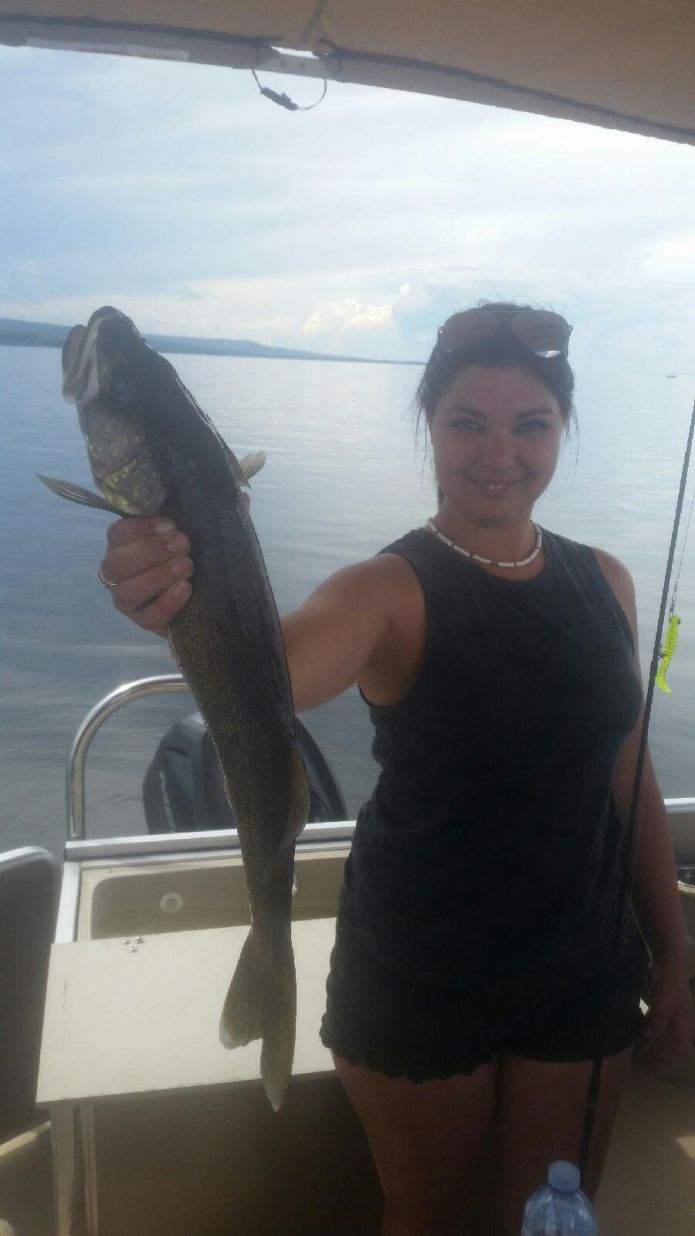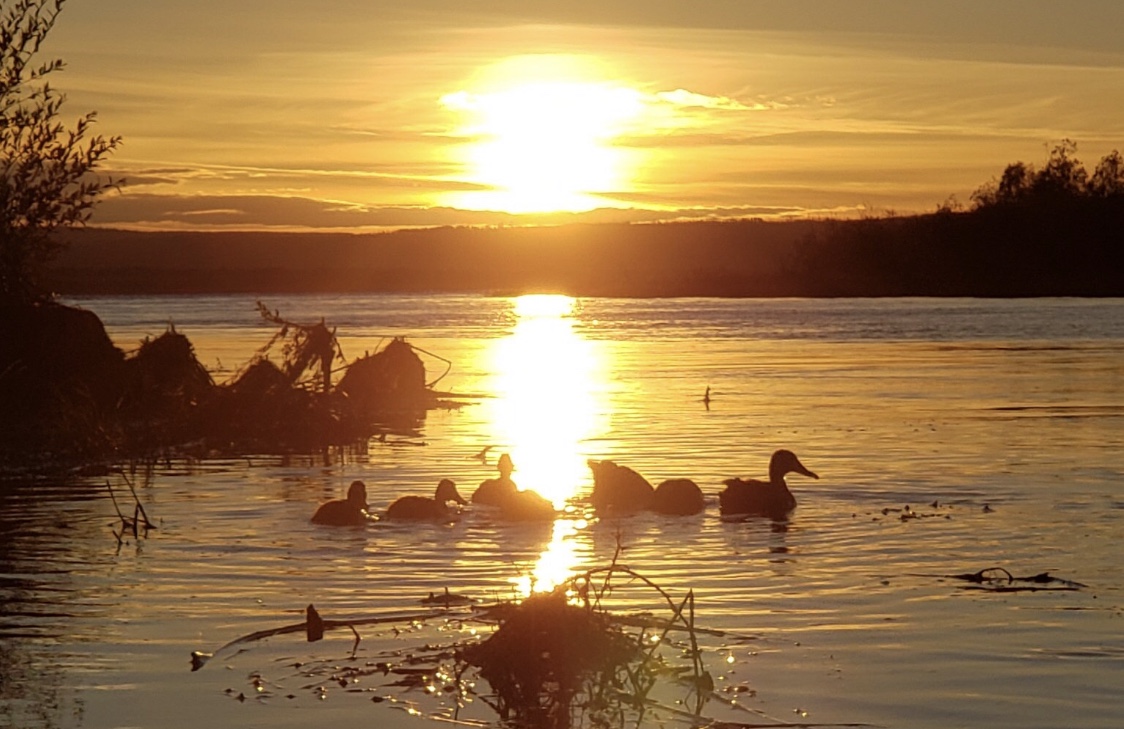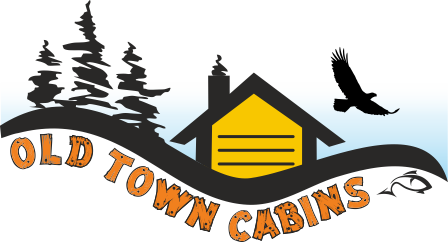It is home to one of the largest lakes in Alberta, Canada at 30 km wide, 108 km long and covering about 1160 square kilometers.

Lesser Slave Lake is located 250 kilometers north of Edmonton on Highway 2. This quaint town is a dream for the everyday outdoorsman and family adventurists. Whether you enjoy fishing, swimming at the beach, bird watching, golfing, hiking, or searching for local wildlife, there’s something for everyone.




Fishing
Lesser Slave Lake has a reputation for being one of the top walleye fisheries in North America. Walleye (pickerel), pike (jack), and perch are the fisherman’s choice, but there is also whitefish, ling, and sucker. There are a number of annual fishing tournaments including the Golden Walleye Classic, which is among the largest. Old Town Cabins have a boat dock available at the mouth of Lesser Slave Lake to dock your boat before boarding your group to head out onto the lake for the best fishing experience of a lifetime or to access from the shore for a relaxed opportunity to catch the Big One!
Lesser Slave Lake is one of the few lakes that are NOT catch and release, so you can have that famous fish fry after catching the big one.
We would like to recommend our local fishing guide, Josh Courtorielle at Slave Lake Fishing Tours Ltd.
Swimming
The lake’s magnitude, beaches and sand dunes can be seen from an altitude of 1020 meters at the Martin Mountain Viewpoint, about 30 minutes drive north of the Town of Slave Lake on highway 88. Despite it’s size, it has many shallower areas that heat up quickly on hot summer days. The lake is prime destination for power boating, sail boating, water skiing, seadooing, windsurfing, kayaking, and canoeing, all of which can all depart from our boat dock on the river, just minutes away from your lake adventure.
Golfing
The Gilwood Golf and Country Club is located in the Northshore area, about ten minutes north of Slave Lake on highway 88. There’s a full-service clubhouse and an 18-hole course that will not disappoint any golfer.
Bird Watching
Lesser Slave Lake has the only educational and research facility in the world strategically located to study boreal birds on their breeding grounds. The Lesser Slave Lake Bird Observatory is located approximately 22 kilometers north of the Town of Slave Lake on Highway 88.
More than 230 bird species have been observed including tundra swans, ducks, geese, western grebe, and several migrant song birds. American white pelicans can be sighted along the lake shore and bald eagles are also spotted next door perching in the trees in the area.
Hiking
There are many great hiking trails, including the Frontier Trail which is part of The Great Trail system, and spans 28 kilometers north of the Town of Slave Lake, along the edges of the boreal forest, waterfowl ponds, beaches, past the bird observatory and through the Slave Lake Provincial Park to the Hamlet of Martin Beach.
Wildlife
The surrounding boreal forest (the belt of coniferous trees formed in North America and Eurasia over glacial areas), with its ferns, marshes and sand dunes, provide habitat for many species of wildlife including: white-tail and mule deer, moose, elk, black and grizzly bears, lynx, gray wolves, martens, muskrat, beaver, groundhog, red squirrels, chipmunks, and snow hares.






